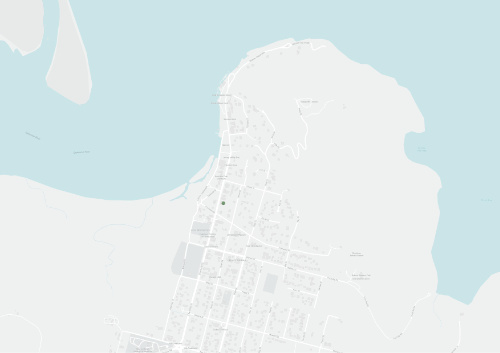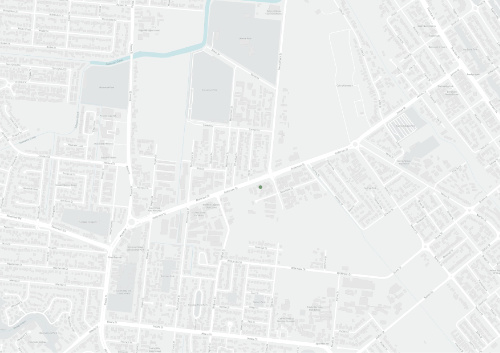Ngayu Binaa Ngathu Bubu by Roy McIver
Protecting a place of bounty
Protecting a place of bounty
Muwanta-Walnga Lagoon is the thaman for the Binthi Warra people - a “place of bounty” teeming with birds, ducks and geese and surrounded by rainforests, fisheries, woodlands, swamps and mangroves.
It’s an impressive expanse of water, found at the junction of the McIvor and Morgan Rivers, with a series of linked smaller lagoons and stretches of sand dunes, synonymous with the Cape Bedford to Cape Flattery Sand Dune belt.
“Muwanta was the traditional site for ‘marriage ceremonies’ between the White Cockatoo (Waandarr) and Red-tailed Black Cockatoo (Ngurraarr) clans within the Guugu Yimithirr Nation,” says Ramona McIvor, a Binthi Land Holding Group Aboriginal Corporation (BLHGAC) spokeswoman.
“From when the lily roots were edible, at this particular time, invitations were sent to the neighbouring clans for this festival to feast, celebrate and dance.”
But the thaman has, in recent times, come under threat from invasive species, with feral cattle and pigs damaging and destroying the sacred site, Ramona said.
Which is why Cape York NRM is working with the BLHGAC to begin an extensive fencing project to protect the area.
“The project is relevant to our cultural, economic, environmental and social aspirations for land management and protection of our Traditional lands on Binthi Country,” Ramona said.
“It is expected the whole area of the lagoon and nearby sand dune area will be enclosed with a heat resistance meshed fence and strainer posts reinforced with concrete.”
At a recent meeting in March, Cape York NRM’s Cape York NRM’s Coastal Ecosystems Coordinator, Dave Preece met with BLHGAC directors to discuss the boundary lines and outline the project plan. Machinery hire and access to the remote site to clear the fence line was also being organised.
“The Directors are very happy with the outcome of the meeting as it was confirmed that Cape York NRM would manage the finances and project,” Ramona said.
“BLHGAC represents three family groups and the Directors recommended that there be equal representation of fencers with the families.”
This was an important outcome, she explained, as the majority of the Binthi Warra are descendants of tradesmen and cattlemen who passed on their fencing skills.
“So yes there will be training opportunities for fencing certificates, to help build trainee capacity and instill a sense of pride in a job well done.”
The fencing and protection of the Muwanta is part of a broader plan by BLHGAC to preserve sacred country, and build opportunities for the Binthi community.
“Binthi Country is a prime destination for cultural and eco-tourism ventures, such as our Bird Watching Venture,” Ramona said.
“We belong to the White Cockatoo (Waandarr) moiety of the patrilineal Guugu Yimithirr Nation. Our totems (Bing.a-thawuunh-nga) are: Brahminy kite (wandi); Centipede (galaaya); and Nightjar [Caprimulgidae] (wambal).
“We want to share our unique stories here, in addition to the agricultural and primary industry projects we are planning.”
The Binthi Project is funded through the Federal Government’s Reef Trust 7 Program.

